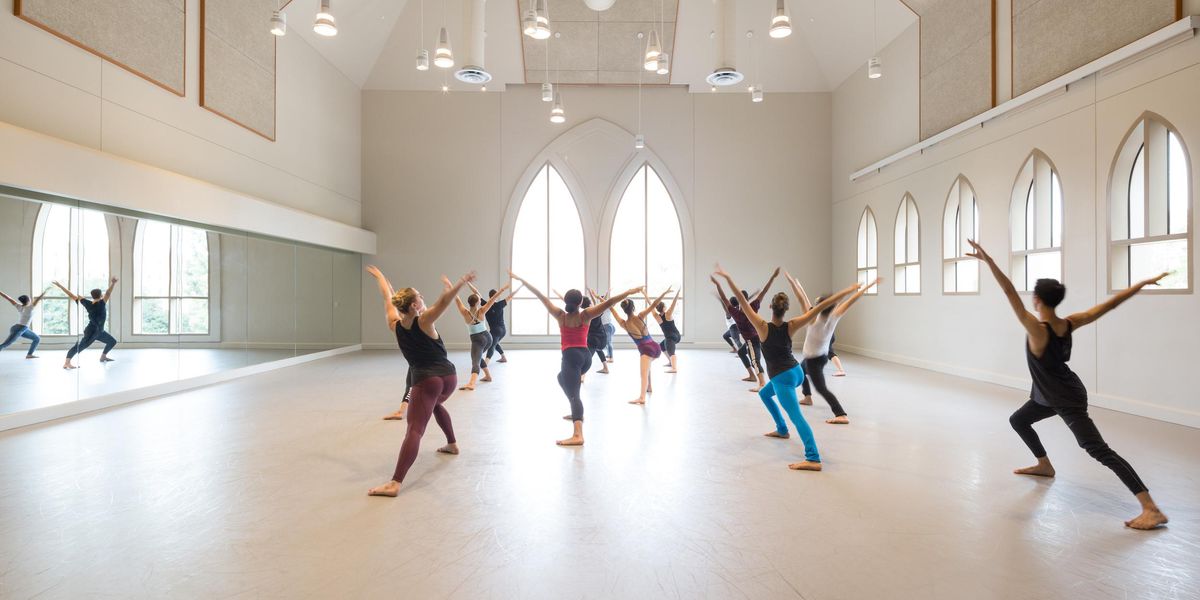One Dancer, Two Jobs
The mechanics of arts administration have historically stayed outside the studio, with dancers responsible for doing the dancing, and little else. “There was a massive separation between ‘church and state,’ so to speak,” says Uri Sands, choreographer and co-artistic director at TU Dance in Saint Paul, Minnesota.
But today, small dance companies seem less likely to lean on traditional nonprofit staffers and instead offer dancers secondary administrative roles. This creates opportunities for professional development, while giving dancers a greater sense of ownership in the company and full-time salaries as an incentive to stick around. Plus, companies get to keep the payroll small, and spend less time scheduling rehearsals around the dancers’ third-party employers.
But are there hidden costs in turning dancers—some with little or no experience behind a desk—into staff members? “To some degree,” says Sands. “With this generation, I think to straddle those worlds is much easier. Keyboard skills, for example: In 1980, that was something that needed to be taught, but, today, even 6-year-olds have them. Certain things we just don’t have to supplement, training-wise.”
Choreographer Kyle Abraham calls his company’s full-time dancer-admin approach the Dancer Development Program, designed to “build the company’s capacity and infrastructure while giving its dancers full-time employment, providing them with tools, information and skill sets” that will serve them beyond Abraham.In.Motion. Eight of the company’s 11 members take part in DDP, handling development and fundraising, social media, master classes and intensives. Dancer and education assistant Connie Shiau earned her BFA at SUNY Purchase, and says she had no experience in administration before joining A.I.M. She estimates only five of her 40 hours per week are spent on non-dance tasks. Still, they have led her “to appreciate more that I’m part of a team. It helps to know both sides.”
Eight A.I.M. dancers also take on admin duties. Courtesy A.I.M.
At TU Dance, the administrative projects are offered on a flexible basis, with any openings offered to the dancers first. “It’s about keeping a balance between the focus they need to have on their dance work with the administration that needs to get done,” Sands says. Compensation for the dancers’ extra responsibilities is folded into their salaries. And there is work for current and former dancers at all levels: Dancers Alanna Morris-Van Tassel, Duncan Schultz and Katelyn Skelley, for example, have add-on responsibilities ranging from administrative work to facilitating PT appointments. Former company dancers and school alumni fill roles in everything from education programming to upper management, keeping it all in the family.
For Shiau, A.I.M.’s inner workings still feel like a puzzle. “And I’m just one piece. But everything’s connected, and everyone wants to see the company keep going.”




